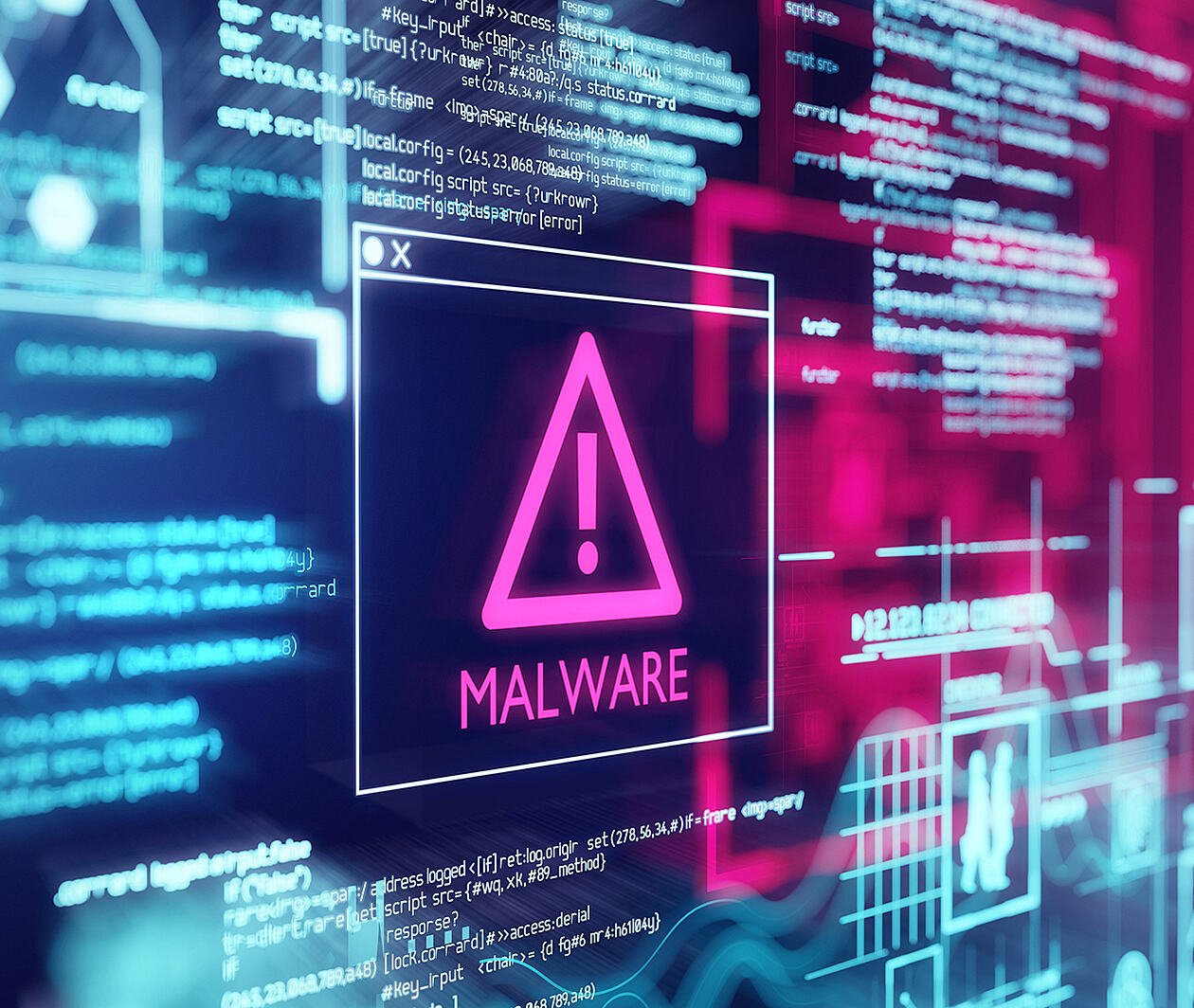
Duration
3 weeksWeekly study
3 hours
Introduction to Digital Forensics: Malware Analysis and Investigations
Discover the fundamentals of malware
Malware can cause serious issues for businesses worldwide, and attacks are prevalent. Almost 10 billion malware attacks are estimated to have taken place in 2019 alone.
On this three-week course, you’ll learn the essentials of what malware is, how it works, and how malware is used to extract personal data for private gain.
Discover how malicious software infects your computer
Malware is ‘malicious software’ designed to harm or exploit any programmable device, service, or network.
You’ll learn how to identify malware on a computer system, as well as the different types of malware. With this understanding, you’ll know how to spot a potential attack, protecting your data and devices.
Explore why malware analysis is important
You’ll examine different malware categories and analyse how these categories are similar and how they differ.
This will help you grasp how Windows 10 stores information about programs being executed, and how the New Technology File System stores metadata.
With this knowledge, you’ll be able to communicate the importance of malware analysis to help protect your organisation.
Examine virus and malware removal with industry leaders
You’ll discover the best practice for virus and malware removal to help you reduce the harm from an attack, should one occur.
Learning from PA Consulting’s Steve Shepherd – an international expert in digital forensics and cybercrime – you’ll discover the history of malware, and learn key cyber skills that are in demand today.
Syllabus
Week 1
Understanding malware
ExpertTrack Courses
Introduction to ExpertTrack Learning
Welcome to the course
Course welcome and instructor biography
Quiz - Let's test your cyber knowledge
Short quiz to understand the background knowledge required to become a competent malware investigator
Let's discuss the quiz
Open discussion on the competences quiz
Week one introduction
An introduction to the content of week one by the course author
History of malware
Brief history on the origins of malware
Categories of malware
An explanation of malware categories
Describing categories of malware
Understanding the differences between the malware categories
End of week test
A short test to confirm week 1 learning points
Week 2
Malware infection and persistent methods
Week two introduction
An introduction to the content of week two by the course author
Malware Terminology
Understanding the terminology used in malware investigations
Infection Methods
The methods by which malware can be downloaded onto a computer
Persistence Methods
The methods by which malware can persist on a computer
Obfuscation Methods
The methods and techniques malware can obfuscate itself to avoid detection
End of week 2 test
A short test to confirm week 2 learning points
Week two review
Review of week two
Peer Graded Assessment
Conduct research on a malware infection
Week 3
Operating System & File System Basics
Week three introduction
An introduction to the content of week three by the course author
Windows 10 Operating System
Overview of Windows 10 operating system artefacts
NT File System
An overview of the NT File System
End of week test
A short test to confirm week 3 learning points
Week three review
Review of week three
Learning on this course
On every step of the course you can meet other learners, share your ideas and join in with active discussions in the comments.
What will you achieve?
By the end of the course, you‘ll be able to...
- Demonstrate the technical knowledge required to conduct basic Windows Malware Investigations.
- Collect certain data artifacts to assist in the identification of malware presence and or infection on a Windows computer.
- Design a logical structure to investigate malware presence and or infection on a Windows computer.
- Explain the differences between malware categories and capabilities.
Who is the course for?
This course is designed for anyone interested in learning more about malware.
You could be an IT student, digital forensic analyst, cyber incident responder, or IT security officer looking to enhance your digital forensic skills.
What software or tools do you need?
No specific computer type is needed to complete this course, however, a Windows Operating System would be beneficial if you wish to identify operating system and file system artifacts on your own computer.
Who will you learn with?
Steve is a incident response consultant who specializes in cyber and malware investigations. Steve also authors and delivers cyber technical training courses to both public and private sector clients.
Learning on FutureLearn
Your learning, your rules
- Courses are split into weeks, activities, and steps to help you keep track of your learning
- Learn through a mix of bite-sized videos, long- and short-form articles, audio, and practical activities
- Stay motivated by using the Progress page to keep track of your step completion and assessment scores
Join a global classroom
- Experience the power of social learning, and get inspired by an international network of learners
- Share ideas with your peers and course educators on every step of the course
- Join the conversation by reading, @ing, liking, bookmarking, and replying to comments from others
Map your progress
- As you work through the course, use notifications and the Progress page to guide your learning
- Whenever you’re ready, mark each step as complete, you’re in control
- Complete 90% of course steps and all of the assessments to earn your certificate
Want to know more about learning on FutureLearn? Using FutureLearn
Get a taste of this course
Find out what this course is like by previewing some of the course steps before you join:
